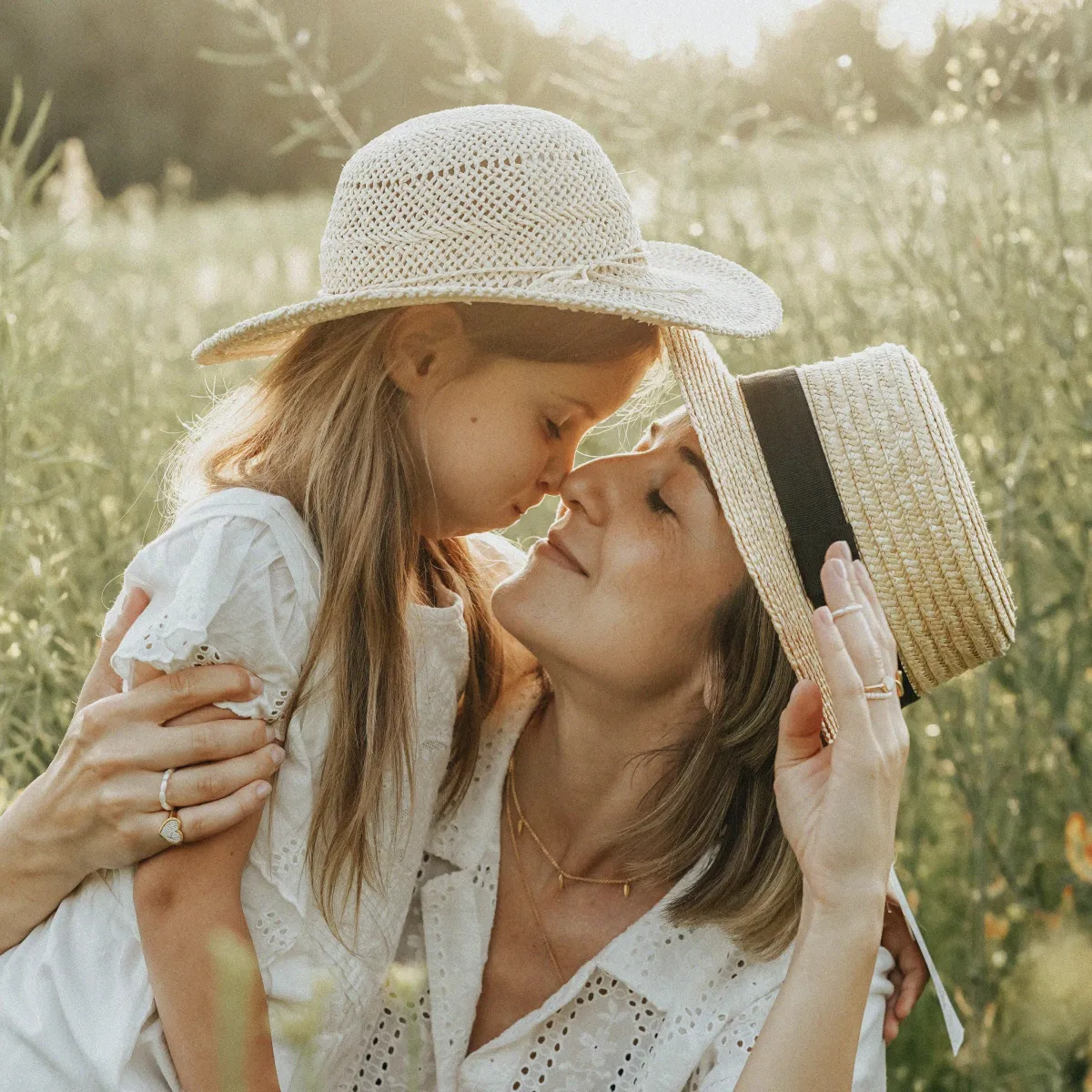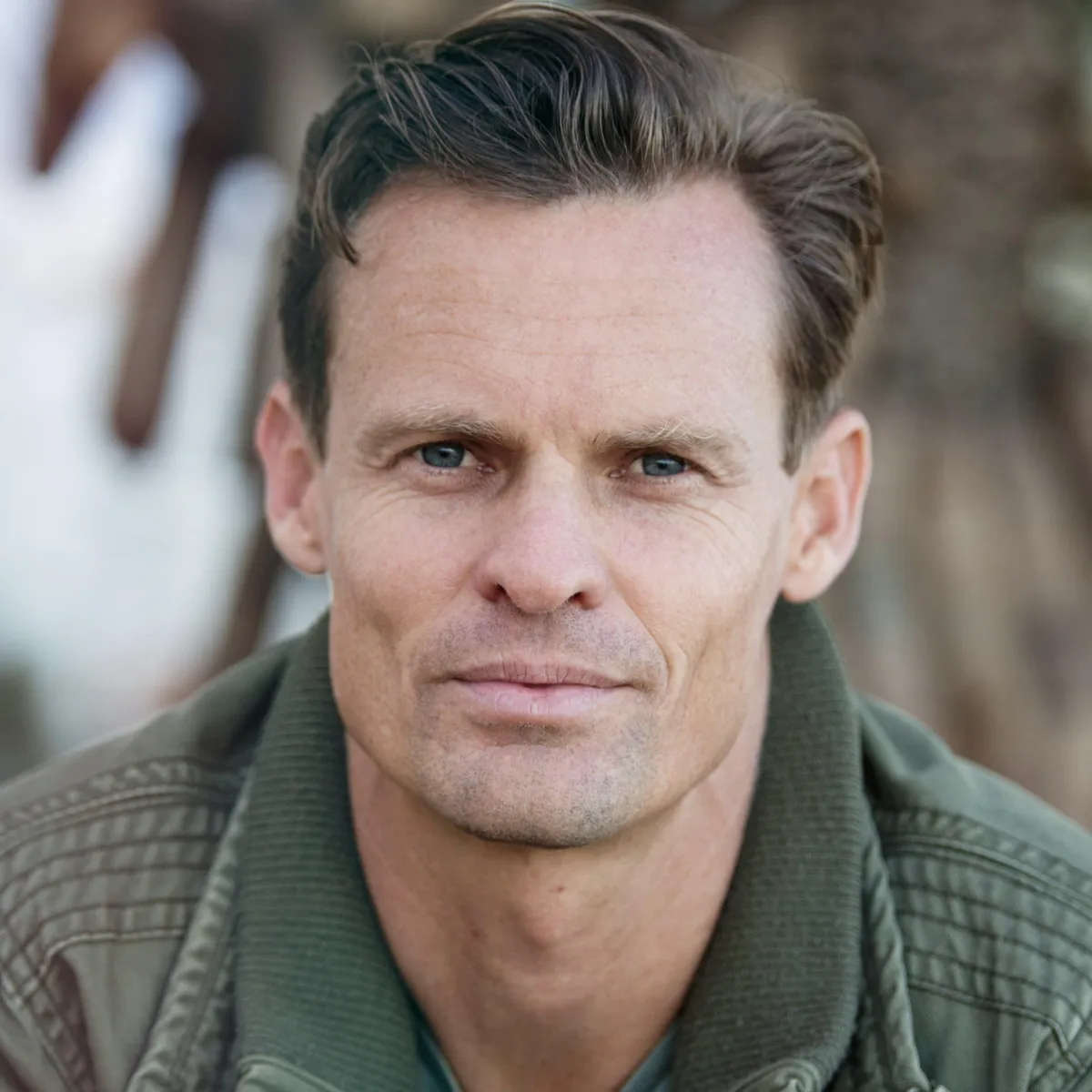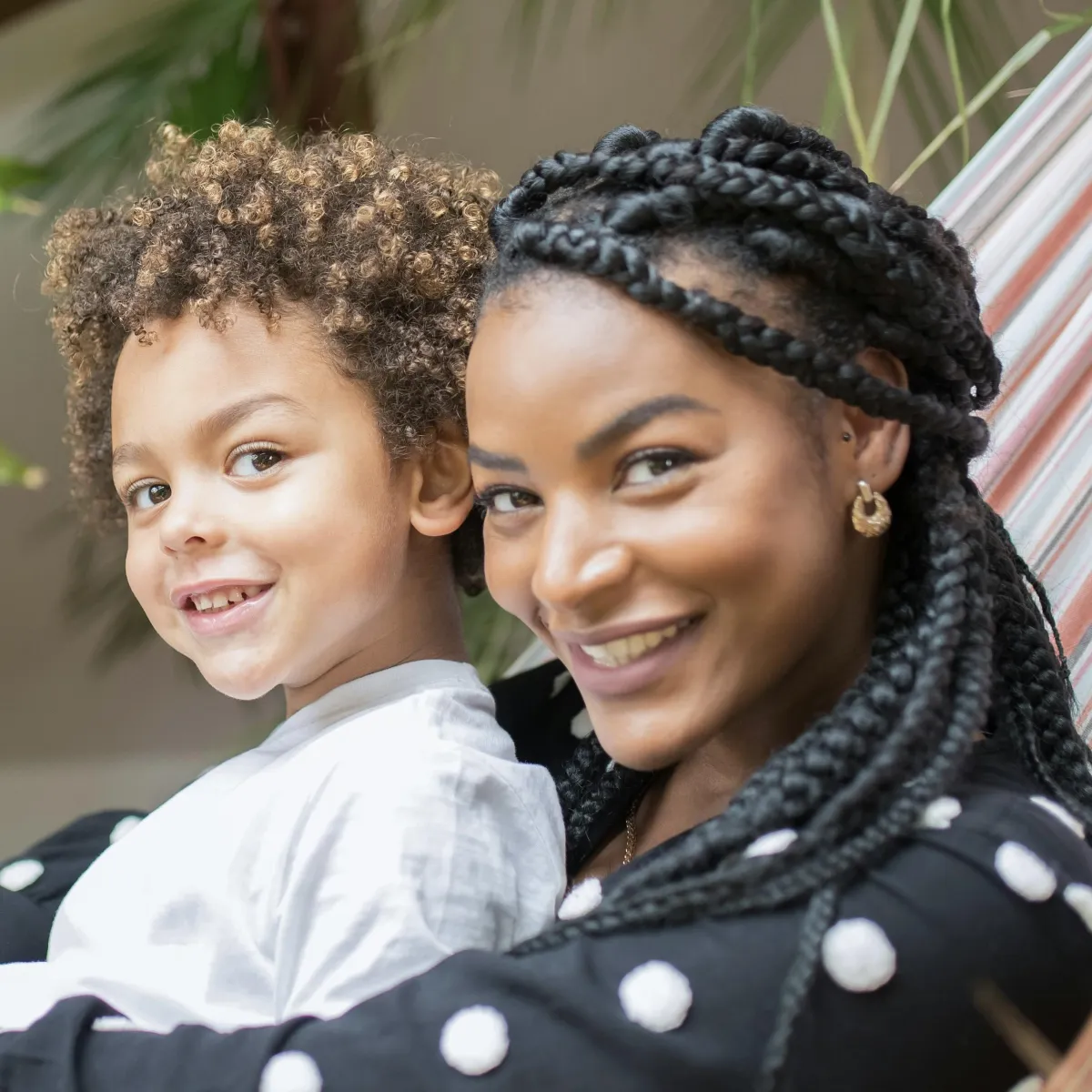
Discover
Your Roots
Genealogical services, courses, communities, and more
Discovery & Connection
Discover the stories hidden in your family tree. Our expert research connects you with generations of ancestors, uncovering names, places, and histories that shaped who you are today.
By tracing your lineage, we help you understand not only where your family came from, but also the legacy they left behind.
Inspiring Generational Journeys
Your family’s story is more than names on a page—it’s a journey that connects the past, present, and future. We bring history to life by uncovering the milestones, migrations, and memories that define your lineage. Each discovery is a step toward honoring those who came before while inspiring the generations yet to come.
What Our Clients Say
We’re proud of our work—here’s what our clients have to say about partnering with us:
"I had no idea how far back my family story went until Melissa (Kindred Grove) uncovered records I never knew existed. It felt like meeting my ancestors for the first time."


Sarah F.
Client

Sarah F.
Client
"They made my family history come alive with details I could actually connect to. I finally understand where my great-grandparents came from—and why they chose to settle here."


Ewan M.
Client

Ewan M.
Client
"The research was so thorough and beautifully presented. My children loved hearing about the generations before us, and now we have something meaningful to pass down."


Alicia J.
Client

Alicia J.
Client
Start Your Family History Journey Today
Frequently Asked Questions
Have questions? Here are answers to common queries before starting your family history journey with us.
What services do you provide?
While we offer professional research services to help uncover your family history, our main focus is empowering you to explore your ancestry on your own. We provide guides, tools, and educational resources designed to make genealogical research accessible for everyone.
Sign up for our mailing list to be the first to hear about our upcoming course, which will walk you step-by-step through tracing your own family tree—coming soon!
How long does it take to trace my family history?
The timeline varies depending on the complexity of your family tree and the records available. Simple research can take a few weeks, while more extensive genealogical investigations may take several months. We’ll keep you updated every step of the way.
What kinds of records do you use in your research?
We access a wide range of sources including birth, marriage, and death certificates, census data, immigration records, military service documents, and historical archives. Our goal is to create a comprehensive and accurate picture of your ancestry.
Can I use the research for more than just personal knowledge?
Absolutely! Many clients use their genealogical reports for creating family trees, writing memoirs, applying for heritage programs, or even connecting with distant relatives. Our findings are delivered in a format that’s easy to share and preserve.
© 2025 Kindred Grove Genealogy - All rights reserved.